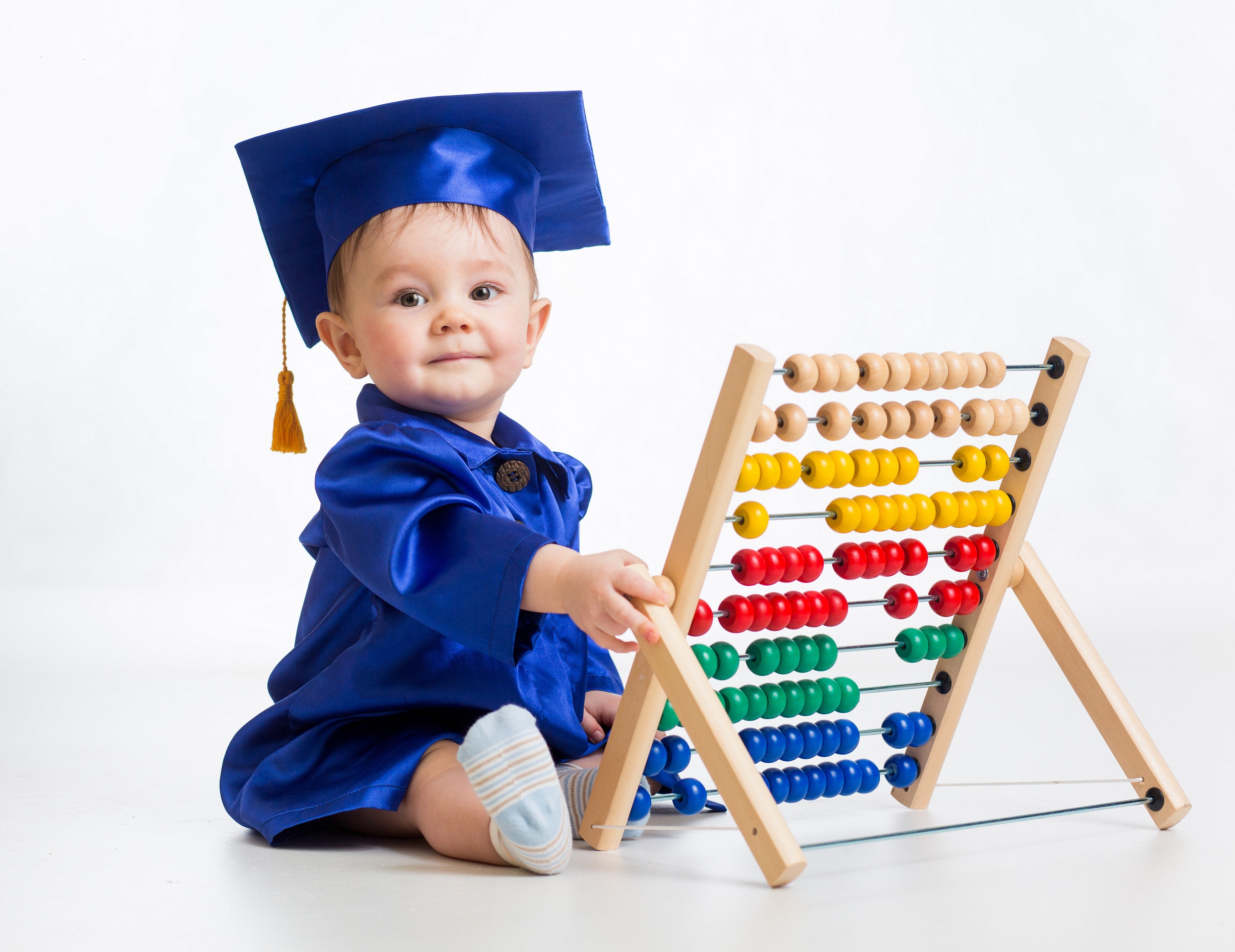 We all know routine is key for kids—and that’s especially true when an undesirable activity is a necessary part of the agenda. If you have children under age 7 or so, you’re probably thinking “bedtime”— in which case, it might be a good idea to file this story away and return to it in a couple of years. But if your kids are school-aged, you know I’m talking the dreaded H-word: homework. And unless you’re raising robots, I suspect you feel me on this one, at least some days. A few months back, we did a post on whether parents should help kids with homework, and got some terrific insights from veteran teachers. While the teachers we polled were united in the belief that we shouldn’t get too involved with the “work” part of equation, they all felt it was important we get involved in the “home” part. That means creating a quiet, clean, and comfortable space in which children can be productive. After some reading, researching, and interviewing experts, I’ve landed on three strategies that seem worth trying with my homework-averse 9-year-old:
We all know routine is key for kids—and that’s especially true when an undesirable activity is a necessary part of the agenda. If you have children under age 7 or so, you’re probably thinking “bedtime”— in which case, it might be a good idea to file this story away and return to it in a couple of years. But if your kids are school-aged, you know I’m talking the dreaded H-word: homework. And unless you’re raising robots, I suspect you feel me on this one, at least some days. A few months back, we did a post on whether parents should help kids with homework, and got some terrific insights from veteran teachers. While the teachers we polled were united in the belief that we shouldn’t get too involved with the “work” part of equation, they all felt it was important we get involved in the “home” part. That means creating a quiet, clean, and comfortable space in which children can be productive. After some reading, researching, and interviewing experts, I’ve landed on three strategies that seem worth trying with my homework-averse 9-year-old:
- Select a dedicated, distraction-free space.According to Art Markman, a professor of psychology who blogs for Edutopia, any flat, clean surface in the house can work—as long as you can easily rid the space of attention robbers. If you have tech-savvy older children, he advises temporarily confiscating phones and tablets, and disabling messaging and Facebook during homework time. If you have younger children, that might mean making sure that younger siblings and tempting items—in our case, Legos and Rick Riordan books—are out of sight.
-
Make sure necessary materials are on hand. If your child has to wander downstairs
 every time he needs a sharpened pencil or piece of lined paper, he’s apt to get sidetracked on the way. Jennifer Bardorf, the owner of Neatspaces, a professional organizing company in Wellesley, MA, recommends keeping kids’ work spaces continually stocked with pencils, good erasers, pencil sharpener and/or lead refills, colored pencils (or markers), a mini stapler, and additional paper. If your child is working at a desk with drawers, pick up some of these sturdy drawer dividers from the Container Store; if she is at a communal table, you can stock a clear caddy like this with all of the necessary supplies.
every time he needs a sharpened pencil or piece of lined paper, he’s apt to get sidetracked on the way. Jennifer Bardorf, the owner of Neatspaces, a professional organizing company in Wellesley, MA, recommends keeping kids’ work spaces continually stocked with pencils, good erasers, pencil sharpener and/or lead refills, colored pencils (or markers), a mini stapler, and additional paper. If your child is working at a desk with drawers, pick up some of these sturdy drawer dividers from the Container Store; if she is at a communal table, you can stock a clear caddy like this with all of the necessary supplies.
- Allow some room for movement. A fascinating new study by Dutch researchers in Pediatricsadds to growing research that kids actually retain information better when they can wiggle around a little bit. “Information obtained by the body (during movement) appears to be effective for learning in childhood,” wrote lead researcher Marieke Mullender-Wijnsma in an email to me last week. “Plus, physical activity increases activity in the brain, which might cause enhanced “time-on-task” in academic lessons immediately after.” She says moving while learning is particularly helpful for homework that involves memorization and repetition, such as math facts or spelling; one trick she suggests trying is letting kids keep a jump rope near their work space and using it while they go over, say, their times tables. Fidgety kids may also benefit from swapping out a desk chair in favor of an exercise ball in their favorite color—it will allow them to keep their bodies busy while sitting, which may boost focus.
Published by Kelley on happyhealthykids.com, March 4, 2016 http://www.happyhealthykids.com/creating-a-better-homework-space/

